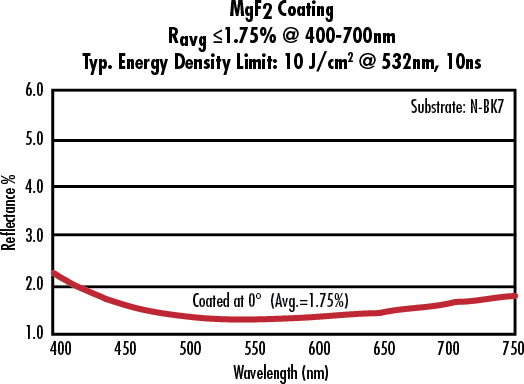
 TECHSPEC® components are designed, specified, or manufactured by Edmund Optics. Learn More
TECHSPEC® components are designed, specified, or manufactured by Edmund Optics. Learn More
TECHSPEC® Achromatic Lens Kits contain our highest quality optics with various effective focal lengths to fit our optics mounts. All lenses feature an Anti-Reflection coating. For complete specifications on each lens within each kit, please refer to the table in the Technical Information tab.
Note: Due to supply chain issues, our kits may be delivered with an alternative packaging solution in place of a wooden box. For any questions, please contact kits@edmundoptics.com.

| 12.5mm Diameter Achromatic Lens Kits | |||||
| Lens Specifications | Coating Options | ||||
| Effective Focal Length EFL | Back Focal Length BFL | f/# | MgF2 Coating | VIS 0° Coating | VIS-NIR Coating |
| 14mm | 9.92mm | 1.1 | #45-209 | #47-660 | #49-321 |
| 20mm | 16.45mm | 1.6 | #32-309 | #47-661 | #49-322 |
| 25mm | 21.47mm | 2.0 | #32-311 | #47-662 | #49-323 |
| 30mm | 26.12mm | 2.4 | #32-313 | #47-663 | #49-324 |
| 35mm | 32.5mm | 2.8 | #45-210 | #47-664 | #49-325 |
| 40mm | 37.54mm | 3.2 | #32-315 | #47-665 | #49-326 |
| 45mm | 42.52mm | 3.6 | #45-136 | #47-666 | #49-327 |
| 50mm | 47.61mm | 4.0 | #32-317 | #47-667 | #49-328 |
| 60mm | 57.59mm | 4.8 | #45-137 | #47-668 | #49-329 |
| 75mm | 72.35mm | 6.0 | #32-882 | #47-669 | #49-330 |
| 80mm | 78.40mm | 6.4 | #45-409 | #47-670 | #49-331 |
| 90mm | 88.47mm | 7.2 | #45-410 | #47-671 | #49-332 |
| 100mm | 97.92mm | 8.0 | #45-265 | #47-672 | #49-333 |
| 25mm Diameter Achromatic Lens Kits | |||||
| Lens Specifications | Coating Options | ||||
| Effective Focal Length EFL | Back Focal length BFL | f/# | MgF2 Coating | VIS 0° Coating | VIS-NIR Coating |
| 30.0mm | 22.23mm | 1.2 | #45-211 | #47-633 | #49-352 |
| 35.0mm | 27.55mm | 1.4 | #32-319 | #47-634 | #49-353 |
| 40.0mm | 33.26mm | 1.6 | #32-321 | #47-635 | #49-354 |
| 45.0mm | 39.28mm | 1.8 | #45-212 | #47-636 | #49-355 |
| 50.0mm | 43.53mm | 2 | #32-323 | #47-637 | #49-356 |
| 60.0mm | 52.23mm | 2.4 | #32-724 | #47-638 | #49-357 |
| 75.0mm | 70.39mm | 3 | #32-325 | #47-639 | #49-358 |
| 85.0mm | 81.12mm | 3.4 | #45-213 | #47-640 | #49-359 |
| 100.0mm | 95.92mm | 4 | #32-327 | #47-641 | #49-360 |
| 125.0mm | 120.89mm | 5 | #32-492 | #47-642 | #49-361 |
| 150.0mm | 146.10mm | 6 | #32-494 | #47-643 | #49-362 |
| 175.0mm | 170.84mm | 7 | #32-884 | #47-644 | #49-363 |
| 200.0mm | 194.14mm | 8 | #32-917 | #47-645 | #49-364 |
| 225.0mm | 222.69mm | 9 | #45-214 | #47-646 | #49-365 |
| 250.0mm | 243.63mm | 10 | #32-919 | #47-647 | #49-366 |
| 300.0mm | 297.73mm | 12 | #45-215 | #47-649 | #49-368 |
| 400.0mm | 397.73mm | 16 | #45-216 | #47-650 | #49-369 |
1-800-363-1992
or view regional numbers
QUOTE TOOL
enter stock numbers to begin
Copyright 2025, Edmund Optics India Private Limited, #267, Greystone Building, Second Floor, 6th Cross Rd, Binnamangala, Stage 1, Indiranagar, Bengaluru, Karnataka, India 560038
California Consumer Privacy Acts (CCPA): Do Not Sell or Share My Personal Information
California Transparency in Supply Chains Act